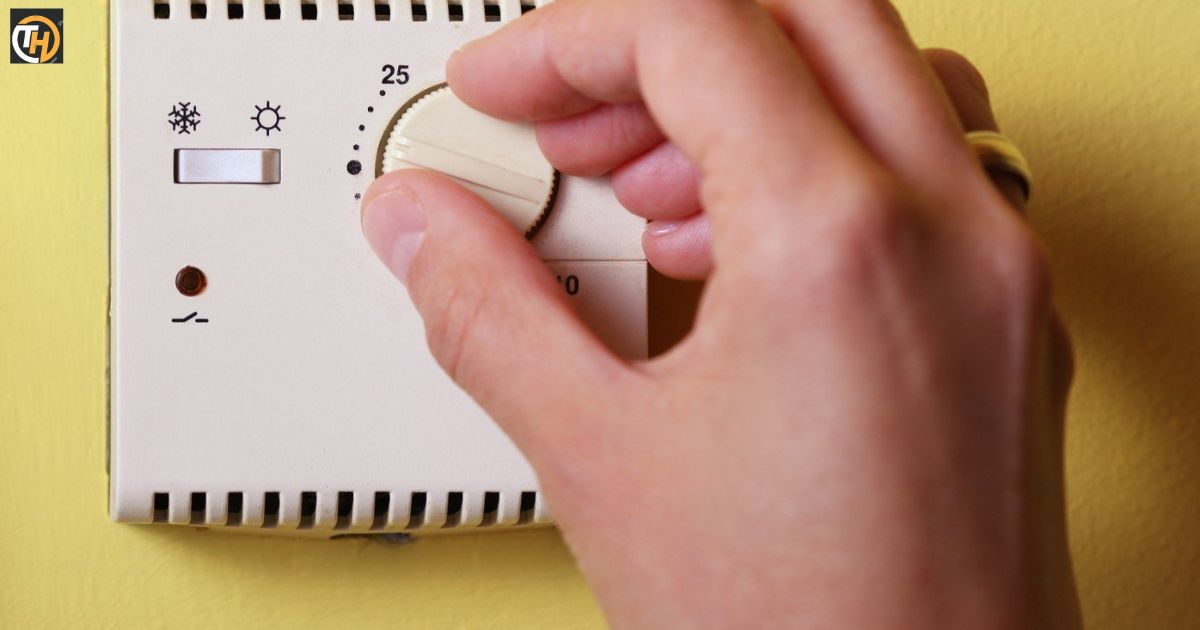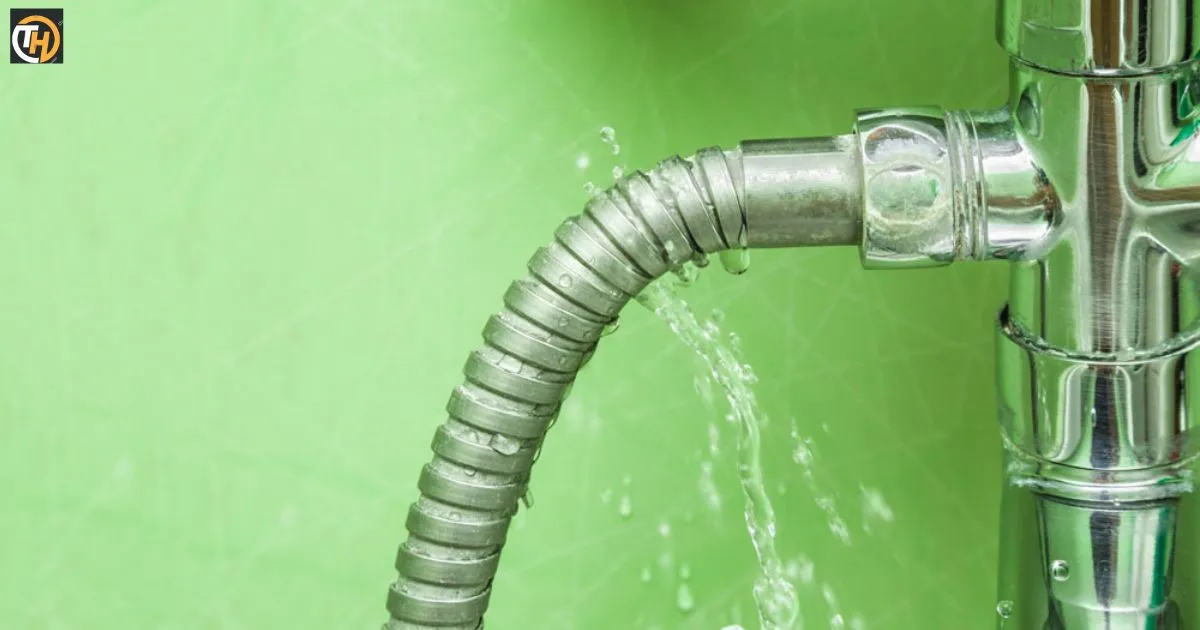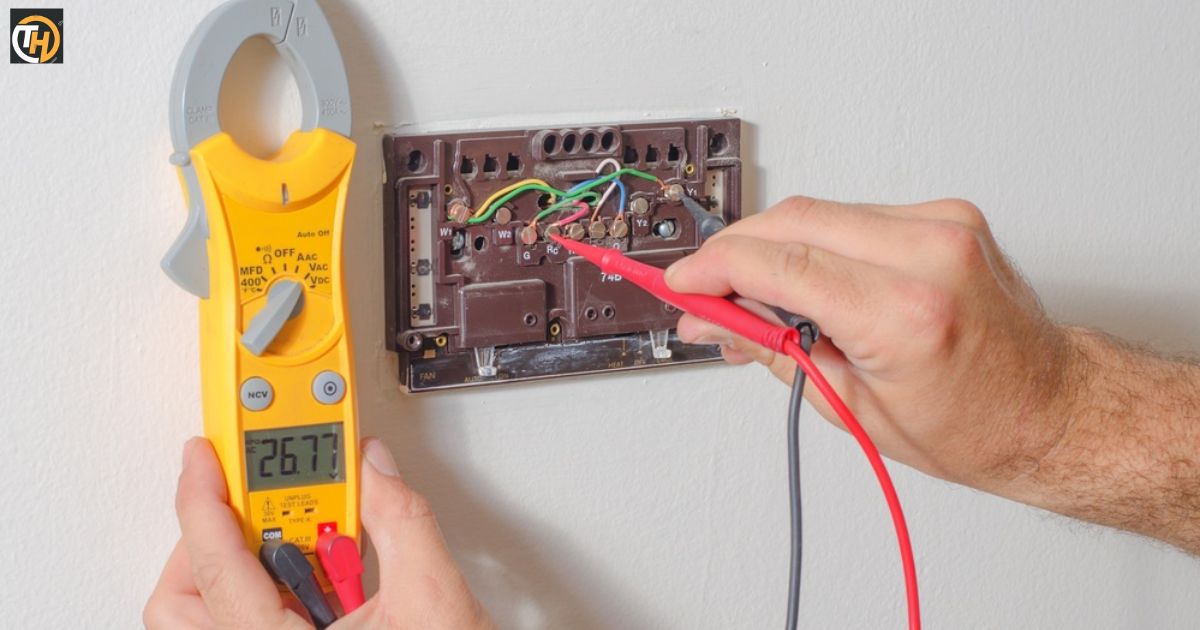When your hot water turns lukewarm or chilly, a malfunctioning thermostat might be the culprit. While a multimeter is a common tool for thermostat testing, not everyone has it on hand. Fear not! This guide walks you through the process to test your water heater thermostat without a multimeter to ensure your water stays comfortably warm.
Imagine taking a shower on a cold winter morning, expecting warm water to soothe you, but instead, you’re greeted with a blast of icy cold water. Unpleasant, right? This could be due to a malfunctioning water heater thermostat.
Understanding the role of the thermostat in your water heater is crucial. It regulates the temperature, ensuring you get the desired warmth. If issues arise, testing the thermostat becomes essential for effective troubleshooting.
The Role Of Thermostat In Water Heater
The thermostat in a water heater plays a crucial role in its operation. It’s responsible for maintaining the desired temperature of the water inside the tank. Here’s how it works:
Temperature Regulation
The thermostat constantly monitors the temperature of the water in the tank. When the water temperature falls below the set point, the thermostat activates the heating element to heat the water. Once the desired temperature is reached, the thermostat deactivates the heating element.
Energy Efficiency
By regulating when the heating element is activated and deactivated, the thermostat helps to conserve energy. This not only reduces the energy consumption of the water heater but also helps to lower your energy bills.
Safety
The thermostat also acts as a safety device. If the water temperature were to rise above a safe level, the thermostat would shut off the power to the heating element to prevent overheating and potential damage to the water heater or even a possible fire hazard.
Comfort
By maintaining a consistent water temperature, the thermostat ensures that hot water is always available when you need it, providing comfort and convenience.
In summary, the thermostat is a vital component of a water heater that ensures efficient operation, safety, and user comfort.
Why Test without a Multimeter?
Multimeters are indeed fantastic tools, indispensable for diagnosing electrical issues with precision. However, not everyone has access to or possesses this versatile gadget. In scenarios where a multimeter isn’t readily available, it’s essential to explore alternative testing methods, such as how to test a Water Heater Thermostat Without a Multimeter, that are accessible to all.
This guide aims to empower individuals to diagnose thermostat issues effectively without relying on advanced tools, making the process more inclusive and achievable for a broader audience.
Signs of a Faulty Water Heater Thermostat
There are some signs that show that a faulty water heater Thermostat:
Before testing, it’s important to identify signs indicating thermostat troubles. Recognizing these issues helps you understand what to look for during the testing process. Some common signs of a faulty thermostat include no hot water, insufficient hot water, water that is too hot, frequent temperature changes, and a water heater that is always running.
Inconsistent Water Temperature
A thermostat malfunction often leads to irregular water temperatures. If your hot water fluctuates between hot and cold without any changes to the thermostat settings, the thermostat may be the culprit. This inconsistency can be a sign that the thermostat is not correctly sensing or controlling the water temperature.
Lukewarm or Cold Water
“If your water isn’t reaching the desired temperature, or if it’s consistently lukewarm or even cold, the thermostat might not be functioning correctly. To test a Water Heater Thermostat Without a Multimeter, check for signs of malfunction and address the issue promptly to ensure a steady supply of hot water.”
Preparing for Testing
The preparation is very important to start the testing of the thermostat of the water heater:
Preparing for Testing
Before diving into testing, it’s important to gather the necessary materials. Having everything on hand streamlines the process and ensures you’re prepared for each step. This includes understanding the layout of your water heater, familiarizing yourself with its components, and ensuring you have a safe and comfortable workspace.
Materials You’ll Need

To test your water heater thermostat, you’ll need a few key items:
Flathead Screwdriver: This will be used to remove the access panel on the water heater and adjust the thermostat if necessary.
Small Container: This will be used to catch any water that may drip out when you remove the access panel.
Thermometer: This will be used to check the temperature of the water to ensure the thermostat is working correctly.
Insulated Gloves: Safety is paramount when dealing with electrical appliances. Wearing insulated gloves will protect you from potential electric shocks.
Turn Off the Power
Safety first! Before you begin testing, locate the circuit breaker for your water heater and switch it off. This ensures a safe testing environment and protects you from potential electric shocks. Remember, never work on an electrical appliance without first ensuring the power is off.
Hands-On Testing Methods
Hands-On Testing Methods
Now, let’s explore two hands-on methods for testing your water heater thermostat without a multimeter, providing a practical guide on how to test a water heater thermostat without a multimeter. These methods are simple and can be done by anyone, even if you don’t have a lot of experience with water heaters.
Feeling the Temperature
This is the simplest method to test your water heater thermostat. Place your hand under the hot water tap and turn it on. Let the water run for a few minutes and pay attention to the temperature. If the water is warm, the upper thermostat is likely functioning.
If the water is cold, the upper thermostat might be faulty. Remember to be careful and avoid burning your hand.
Adjusting the Thermostat Setting

Another method to test your water heater thermostat is by adjusting the thermostat setting. Use a flathead screwdriver to adjust the thermostat setting. Turn it to a higher temperature and wait for a few hours.
Then, check the water temperature again. If the temperature has improved, the thermostat is likely working. If there’s no change, the thermostat may need replacement. Remember, safety first! Always turn off the power before adjusting the thermostat setting.
Observational Testing
Observational Testing
Observation is a powerful testing tool. By visually assessing your water heater thermostat, you can identify potential issues that may not be immediately apparent through other testing methods. This involves inspecting the physical condition of the thermostat and its surrounding area.
Checking for Rust or Corrosion
Inspect the thermostat for any signs of rust or corrosion. These can indicate potential issues with the thermostat or the water heater itself. Rust or corrosion can interfere with the thermostat’s ability to accurately sense and control the water temperature.
If you notice any signs of rust or corrosion, it may be time to consider replacing the thermostat.
Water Leakage

Look for any signs of water leakage around the thermostat. Water and electrical components don’t mix well, and a leak could potentially lead to more serious issues, such as electrical shorts or even a fire hazard. If you detect any leakage, it’s crucial to address the issue promptly.
This may involve tightening any loose connections, replacing worn-out components, or calling in a professional for a more thorough inspection and repair. Remember, safety first!
Regular Maintenance Pays Off
Performing occasional checks on your water heater can prevent thermostat malfunctions. Incorporate these simple tests into your routine for uninterrupted access to hot water.
When to Seek Professional Help
If testing reveals persistent issues or if you’re uncomfortable with DIY repairs, don’t hesitate to call a professional. Timely intervention can prevent further damage.
In conclusion, you don’t need advanced tools to test your water heater thermostat. By utilizing simple methods and staying vigilant for signs of malfunction, you can keep your water heater in top-notch condition, ensuring a consistent and comfortable supply of hot water.
Here’s a summary of the article in a table format:
| Key Points | Causes |
| Understanding Electrical Safety Measures | Safety should always be the top priority when dealing with electrical appliances. |
| Locating the Electrical Panel | The electrical panel, commonly located in basements, utility rooms, or garages, houses the breakers for various circuits in your home. |
| Navigating Your Home’s Electrical System | Study the layout of the electrical panel. While breakers are usually labeled, finding the one for your hot water heater might require a bit of investigation. |
| Identifying the Hot Water Heater Breaker | Spotting the right breaker involves careful observation and sometimes trial and error. |
| Spotting the Right Switch | Have a partner help while you toggle breakers and alert you when the hot water stops flowing. |
| Turning Off the Breaker | Once identified, turn off the breaker for the hot water heater. |
| Ensuring a Safe Shutdown | If ever uncertain about the correct breaker or if labeling is unclear, it’s safer to seek professional assistance. |
| Testing the Hot Water Heater | With the breaker off, check if the hot water heater is no longer functioning. |
| Verification for Peace of Mind | This step provides confirmation that you’ve identified the right breaker. |
| Troubleshooting | Addressing common issues related to the hot water heater breaker is crucial. |
Remember, while minor troubleshooting can be done on your own, don’t hesitate to call a professional if you’re unsure or if the problem persists. Safety should always be your top priority.
Conclusion
Testing your water heater thermostat without a multimeter, such as with the feel of the water or by observing physical signs, is entirely feasible. These hands-on techniques empower you to diagnose and address thermostat issues effectively.
Understanding the role and functionality of a thermostat in a water heater is crucial for maintaining the efficiency and safety of your water heating system. By observing the thermostat’s behavior, checking for physical signs of damage, and conducting hands-on tests, you can ensure that your thermostat is working correctly.











